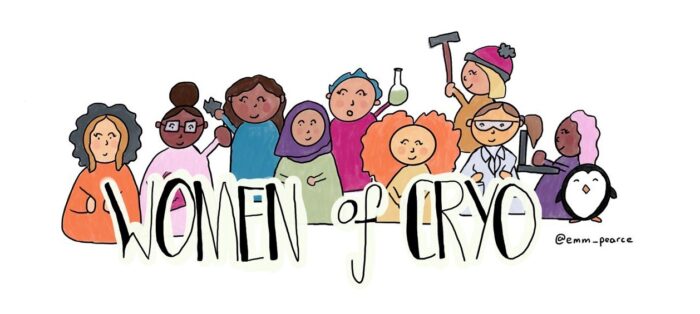
Women make up 50.8% of the world’s population, yet fewer than 30% of the world’s researchers are women. Of this percentage, women of colour comprise around 5%, with less than 1% represented in geoscience faculty positions. Women are published less, paid less, and do not progress as far in their careers as men. Even within our EGU community, women account for only one third of all members, and make up only 32% of the cryosphere division. The divide between women in the population and women in STEM needs to be addressed. Through a series of blog posts we hope to raise the voice of women in the cryosphere community, and spread awareness of the amazing work they do.
Introduction
The polar regions are changing at an astonishing rate, making them critical regions of study for scientists. Conducting high-quality research and fieldwork in these remote and challenging environments is essential to understanding these changes. Throughout history, these data have mostly been collected by male explorers, with women only starting to work in Antarctica during the 1960s, and only allowed to overwinter in the 1990! As such, there is a need to bring present day fieldwork up to a standard that is inclusive and supportive of those from a different gender. In a continent where simple tasks such as bringing in new equipment takes months, bringing in new standards for gender equality seems to be taking even longer. To explore this, we, a team of women in polar science, reached out to women who have braved the polar extremes to share their stories and insights, with the findings summarised in a recently published paper you can read here.
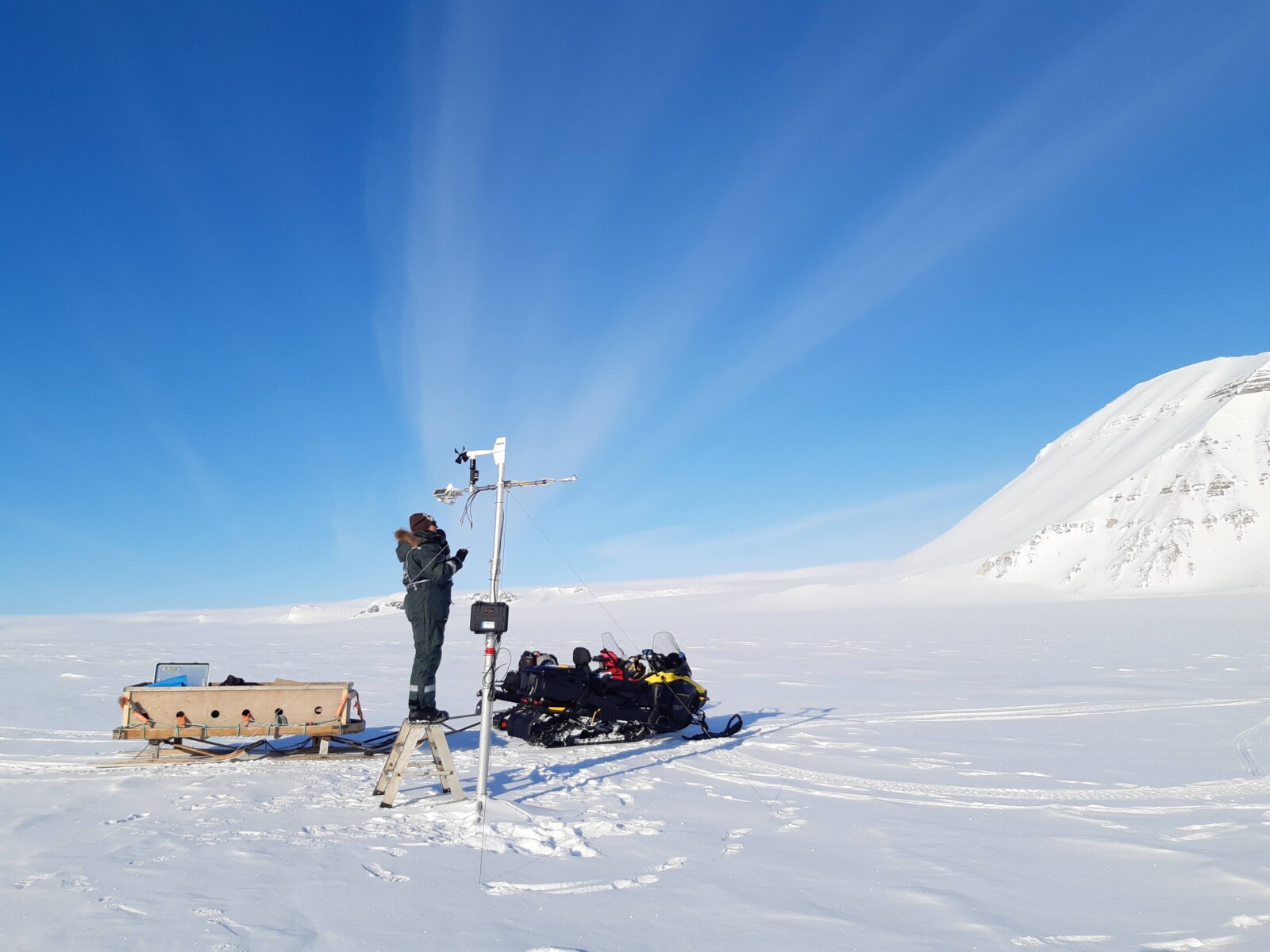
Caption: Marjolein Gevers is installing a weather station on Nordernskioldbreen, Svalbard. Credits: Amelie Roche.
Why did we start this project?
We quickly grew to love fieldwork, not just as a refreshing break from our usual routines in the lab or in front of the computer, but because it allowed us to truly connect with our research. Seeing the rock formations, plants, glaciers, rivers, mountains, landforms, and animals up close gave us a deeper understanding and attachment to our study sites. Fieldwork taught us valuable lessons, not only from our own observations but also from teaching students in the field. These hands-on experiences ignited and sustained passion for a deeper understanding of our scientific fields, providing the drive to persevere through the challenges of research.
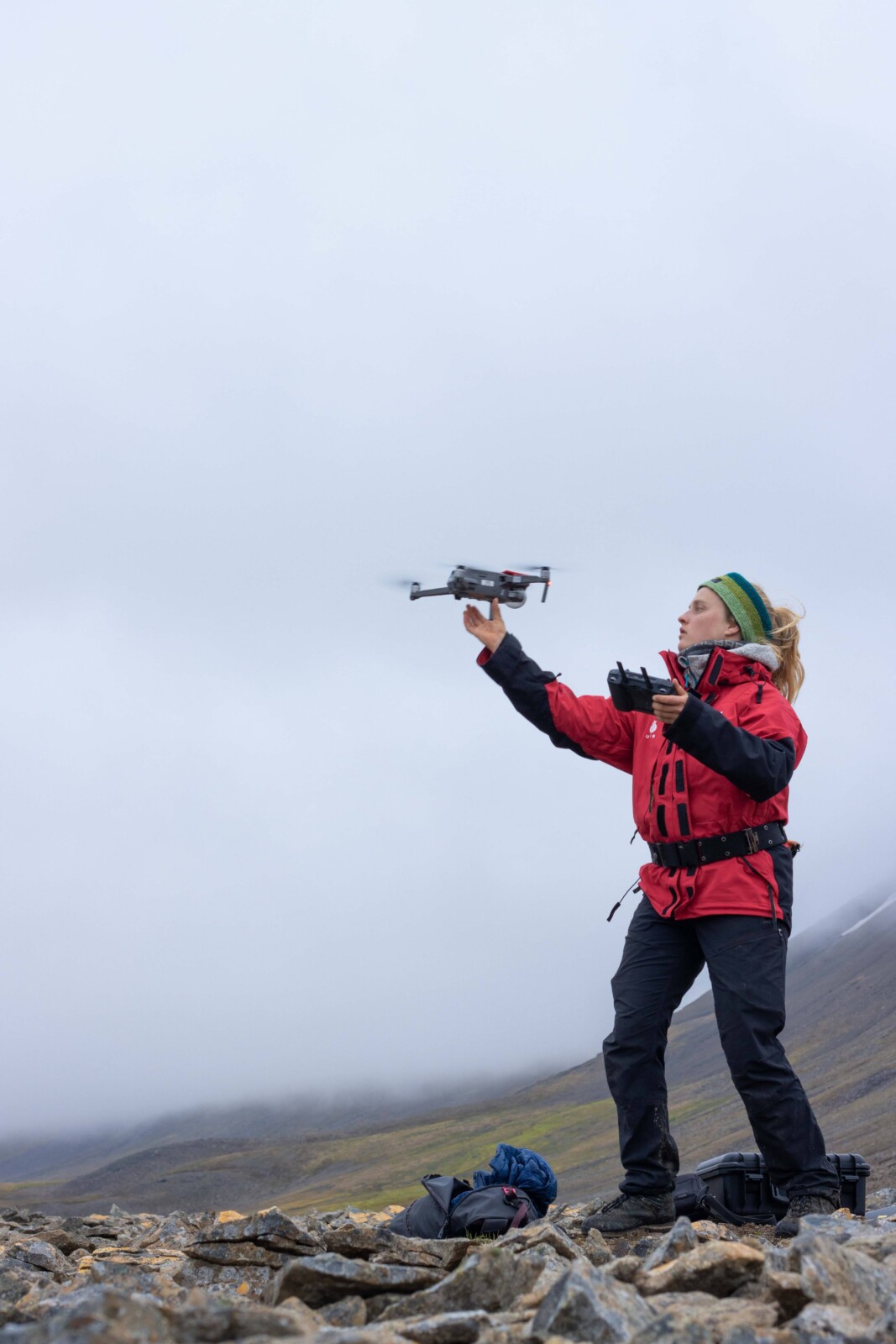
Caption: Ymke Lathouwers finishing a drone flight to map Synndalen, Svalbard. Credits: Florina Roana Schalamon.
But it’s not that simple…
If this were the whole story, this blog would be finished, and fieldwork in the polar regions would be an idyllic world for all. Sadly however, as we progressed in our careers and embarked on more expeditions, we realised that fieldwork experiences can vary greatly amongst (female) researchers.
While we tried to apply our fieldwork insights to our future trips and share them with students, these lessons often remained confined within our scientific networks. To address these gender disparities, we realised that it is crucial to communicate these experiences more broadly and work towards making fieldwork more inclusive for everyone.
We conducted a survey on the experiences of women in fieldwork. The survey covered demographics, fieldwork characteristics, and personal experiences, aiming to shed light on the unique challenges women face and to find ways toincrease equity in fieldwork practices and planning. The online survey included 324 participants who identified as women and highlighted both the diversity and commonality of their experiences.
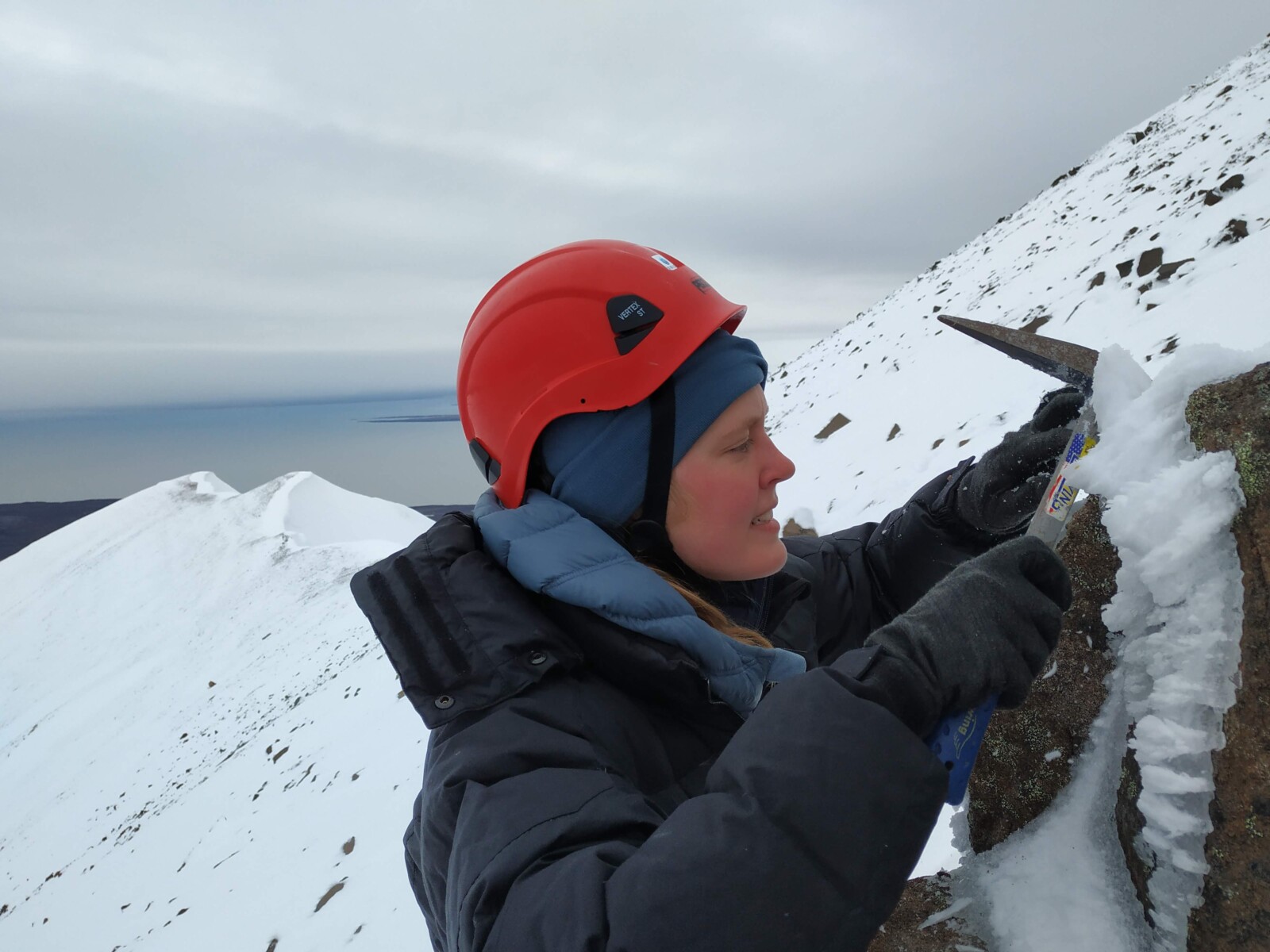
Caption: Anna Sartell getting a rock sample on Kapitol mountain, in Ekmanfjorden, Svalbard. Credits: Marjolein Gevers.
So, What Did We Find?
Our survey found that four out of five women have had bad experiences when conducting polar fieldwork – a shocking and unacceptable figure. The reasons for this were many and varied.
1. Poor dynamics in a field team.
Dynamics within a field team and the leadership were critical in influencing fieldwork experiences. Positive experiences were closely linked to effective communication and inclusive leadership, which allowed every participant to share ideas and feel valued. This is also tightly connected to appreciating all the tasks needed to make a field trip successful. For example, the tasks of cooking is often wrongfully seen as minor and less important, but it is fundamental in keeping moral high.
2. Sexism and harassment.
Sadly, our survey revealed that experiences of sexism, harassment, and exclusion often stemmed from bad team dynamics. Team members often don’t know each other well, and strict hierarchies and stereotypical gender roles sadly still exist. Fieldwork is inherently challenging but it can become unbearable with a bad team dynamic. Further problems included not being listened to or taken seriously when bringing up safety issues or discussing scientific topics, dealing with difficult team members, and witnessing others not standing up against bad behaviour.
One co-author shared an instance in which a male colleague took scientific equipment from her, stating “This isn’t women’s work, this is for men” and then encouraged her to do lighter duties.
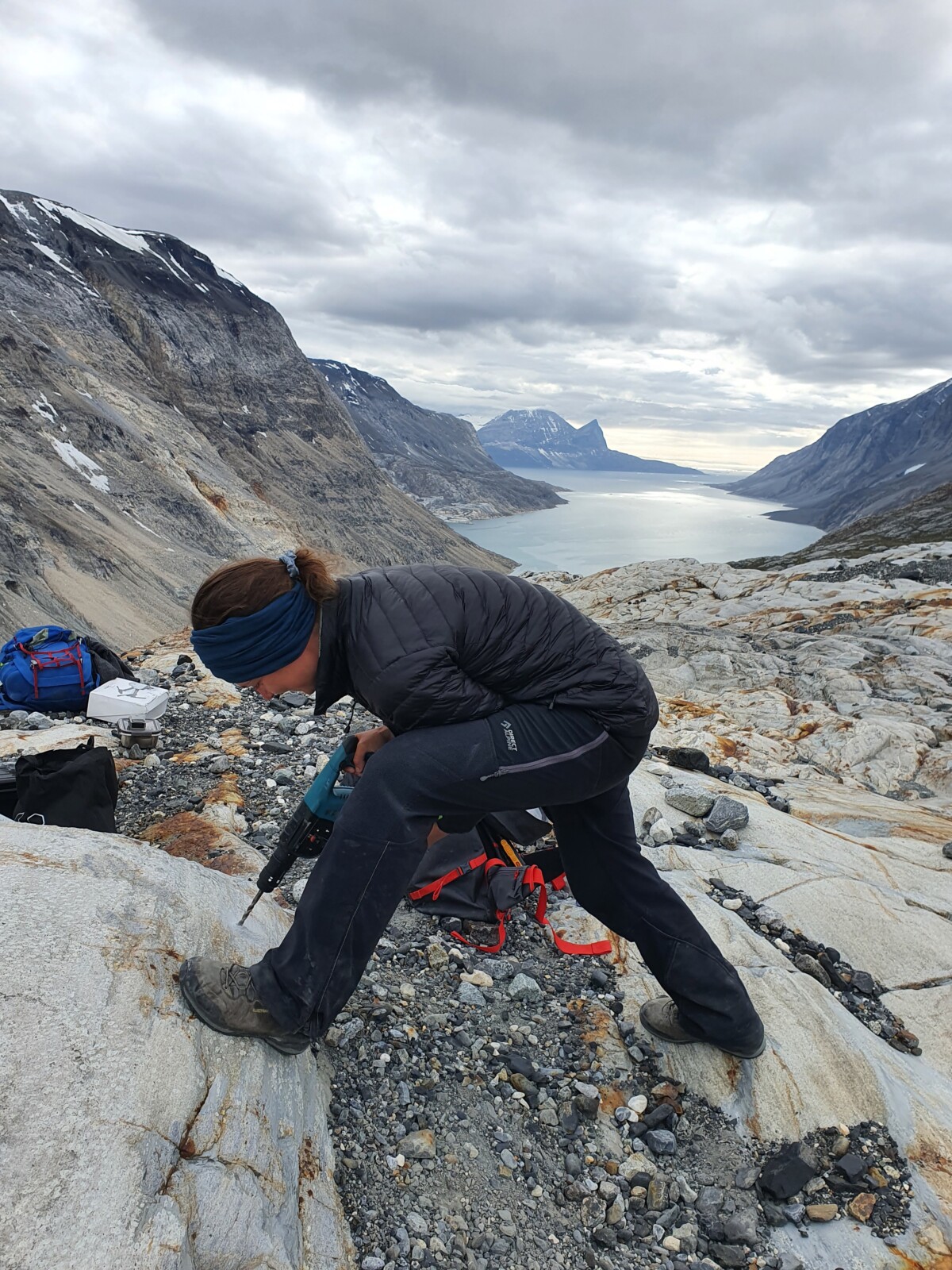
Caption: Florina Roana Schalamon installing a time-lapse camera, Qaamarujup sermia, Greenland. Credits: Andreas Trügler.
3. Poor preparation
Although many participants felt adequately prepared for fieldwork, there were major gaps in preparation, particularly for personal needs and hygiene. Experienced outdoors enthusiasts have figured out what essentials keep them going, whether it’s eight hours of sleep, an extra pillow, a specific snack (dried mangoes are highly recommended), or the perfect socks to prevent blisters. However, not everyone has had the chance to determine what keeps their spirits high during tough days in the outdoors or on a research vessel.
Before her first long field campaign camping on Svalbard, Florina one of the co-authors, was nervous because she knew she would get her period at that time: “I consulted all my friends on how to deal with it in polar bear territory – with no trees or bushes to hide behind – while changing my tampon. Thanks to their advice and a supportive field team, I was prepared and less stressed, allowing me to focus on the actual tasks ahead!” Creating a more open environment where team members feel free to share their personal needs also helps foster communication and therefore a stronger team.
4. Lack of post fieldwork debriefs
Post-fieldwork communication also impacted women’s experiences. A surprisingly small proportion of respondents had encountered debriefs: less than 50%. But without debriefs there is no formal way to ensure that fieldwork issues are corrected for the next field trip.
Marjolein one of the co-authors, after leading one of her multi-week PhD fieldwork campaigns in the Arctic said: “We had daily debriefs during dinner, where every team member had the chance to name something positive as well as negative from the day. This made sure small issues were quickly resolved before becoming serious problems, but also to discuss things we enjoyed during the day.”
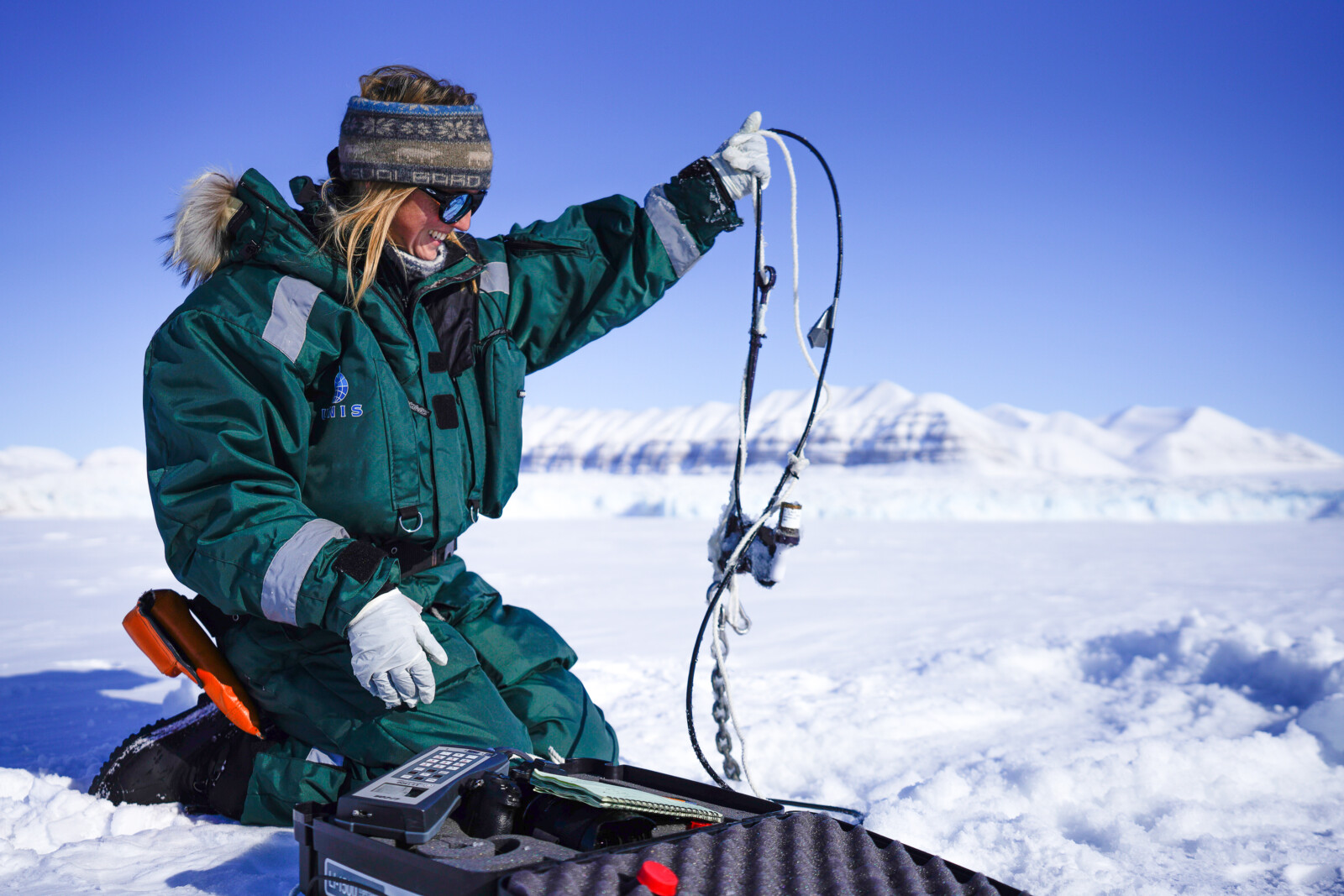
Caption: Rebecca Julianne Duncan taking measurements on the sea ice, Svalbard. Credits: Stuart Thomson.
So where are we now…?
In order to remove these barriers to fieldwork participation we need to take a proactive approach and tackle the root causes. We need institutional changes like increasing the number of women in leadership and introducing comprehensive codes of conduct. Linked to this, mandatory training and robust reporting mechanisms for harassment and misconduct are essential for creating a safer fieldwork environment. Team leaders can also play a vital role by improving pre-fieldwork preparation and communication, setting clear work expectations, and discussing non-scientific details like food, sleeping arrangements, and personal needs. Leaders should also prioritise mental and physical well-being, ensure adequate rest periods, and foster positive team dynamics. Involving local communities in planning and execution can also increase safety and cultural understanding, making fieldwork more inclusive for everyone involved.
We hope, by implementing the strategies we’ve outlined we can create a fieldwork environment where everyone feels safe, respected, and empowered to contribute their best work. We can create a more equitable fieldwork environment that benefits not only women but all researchers, thereby advancing the goals of gender equity in polar research and beyond.
Our paper “Coming in from the cold: Addressing the challenges experienced by women conducting remote polar fieldwork” can be found here.

Caption: The authors of the blog and the rest of the project team, from left to right Florina Roana Schalamon, Maria Dance, Marjolein Gevers Elaine Runge, Daniela Marianne Regina Walch, Eleanor Maedhbh Honan and Rebecca Julianne Duncan. Credits: (left to right) Maria Dance, Caecilia Dance, Vanessa Pitusi, Vanessa Pitusi, Janne Søreide, Stephanie Prince and Vanessa Pitusi.
Further Reading
Check out some more of our Women Of Cryo blog posts:
- Women of Cryo I: Dr Emma Smith
- Women of Cryo II: Dr Lu Li
- Women of cryo III: Women monitoring the Peruvian glaciers
- Women of Cryo IV: Virginia ‘Ginny’ Fiennes (1947 – 2004)
- Women of Cryo V: Women and Glaciers in the Chilean Andes (Part 1)
- Women of Cryo VI: Women and Glaciers in the Chilean Andes (Part 2)
Edited by Emma Pearce

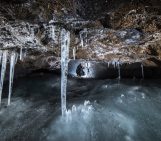
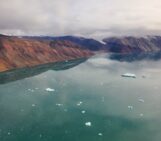

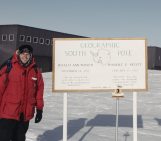
Petra Klimova
Wow, thanks for doing this! Glad to see your survey gained much needed attention! Hope to get us (women) a one step closer towards an inclusivity in fieldworking —its certainly easier after the first step being made, but that first step can be extremely difficult for an individual 👩🏻🔬👩🏻🔧 Clap clap you!